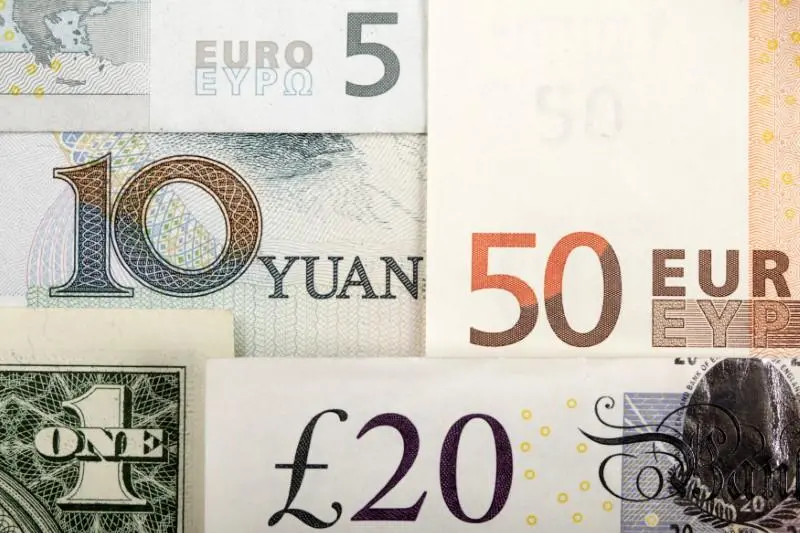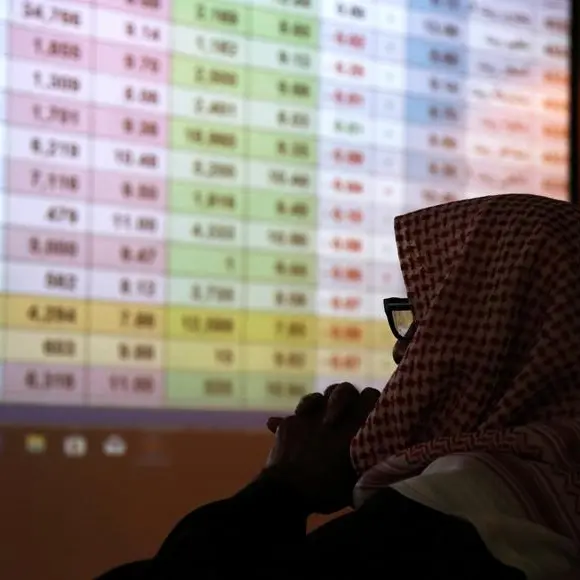PHOTO
TOKYO: The yen and the euro rose against the dollar on Monday on growing expectations that the U.S. Federal Reserve will cut interest rates at its policy review this month to protect the economy from the rapid spread of the coronavirus.
As U.S. shares were routed in recent days, Federal Reserve Chair Jerome Powell said on Friday the central bank will "act as appropriate" to support the economy in the face of risks posed by the coronavirus epidemic.
Investors took his comments as a hint that the Fed will cut interest rates by at least 0.25 percentage point at its next scheduled meeting on March 17-18.
There is even increasing chatter of an unscheduled move, with a U.S. bank lobby economist saying a coordinated global interest rate cut by the top central banks could happen as early as on Wednesday.
The expectations around the Fed underscored the speed and scale of the virus' spread from China through to dozens of countries and the potentially crippling blow to the global economy.
Investors expect the dollar's yield advantage - a key support for the U.S. currency - to shrink as the European Central Bank and the Bank of Japan are seen having limited room for further cuts given their rates are already in negative territory.
The yen rose to as high as 107.00 to the dollar in early Monday trade and last stood at 107.75 yen, up 0.3% from its levels in New York late on Friday.
The Japanese currency had risen 3.2% last week, the biggest gain since July 2016. Japan's current account surplus and the yen's vast liquidity make the yen behave like safe haven asset.
The euro stood at $1.1042, up 0.14% so far in Asia, trading near its highest level in almost a month after a 1.7% gain last week, the largest in two years.
The common currency's rise stemmed from unwinding of so-called euro carry trade, in which speculators borrow the euro to invest in higher-yielding currencies, market players said.
The safe haven Swiss franc also hit 1-1/2-year high of 0.9610 franc per U.S. dollar on Friday and last stood at 0.9642.
Underscoring investors' concerns, China's official Purchasing Managers' Index (PMI) fell to a record low of 35.7 in February from 50.0 in January, the National Bureau of Statistics said on Saturday, showing factory activity contracted at the fastest pace ever.
"The data showed the severity of the damage from the coronavirus. If upcoming data undershoots market expectations, that will weigh on sentiment further," said Kyosuke Suzuki, director of currency trading at Societe Generale.
The offshore yuan slipped only slightly to 6.9840 yuan per dollar, down about 0.17% in early Asian trade, off Friday's high of 6.9777, its highest since Feb. 17.
But the Australian dollar, often used as a liquid proxy on China, lost 0.34% to $0.6485, down 0.34% having hit a 11-year low of $0.64345 on Friday.
The New Zealand dollar was also on the defensive after sliding to a decade low of $0.6180 last week. It last traded at $0.6218, down 0.46%.
Selling spread to some emerging market currencies.
The Mexican peso and the South African rand ZAR= both lost more than 1% in early Monday trade.
The Turkish lira, which has been weighed by the country's intensifying involvement in fighting in Syria, slipped a tad to record lows.
Among developed market currencies, the pound is seen more vulnerable than its peers at time of major economic crisis as UK's sizable current account deficit meant the country depends on foreign capital.
Investors are also fretting about Britain's negotiations with the European Union over a trade deal and whether a UK budget next month will include much more spending, which many investors say is necessary to boost economic growth.
Sterling traded at $1.2799, down 0.15% so far on the day, not far from its 4-1/2-month low of $1.2726 hit on Friday.
The pound stood near its lowest levels since October against the euro and the yen.
(Reporting by Hideyuki Sano Editing by Shri Navaratnam) ((hideyuki.sano@thomsonreuters.com; +81 3 4563 2768;))












